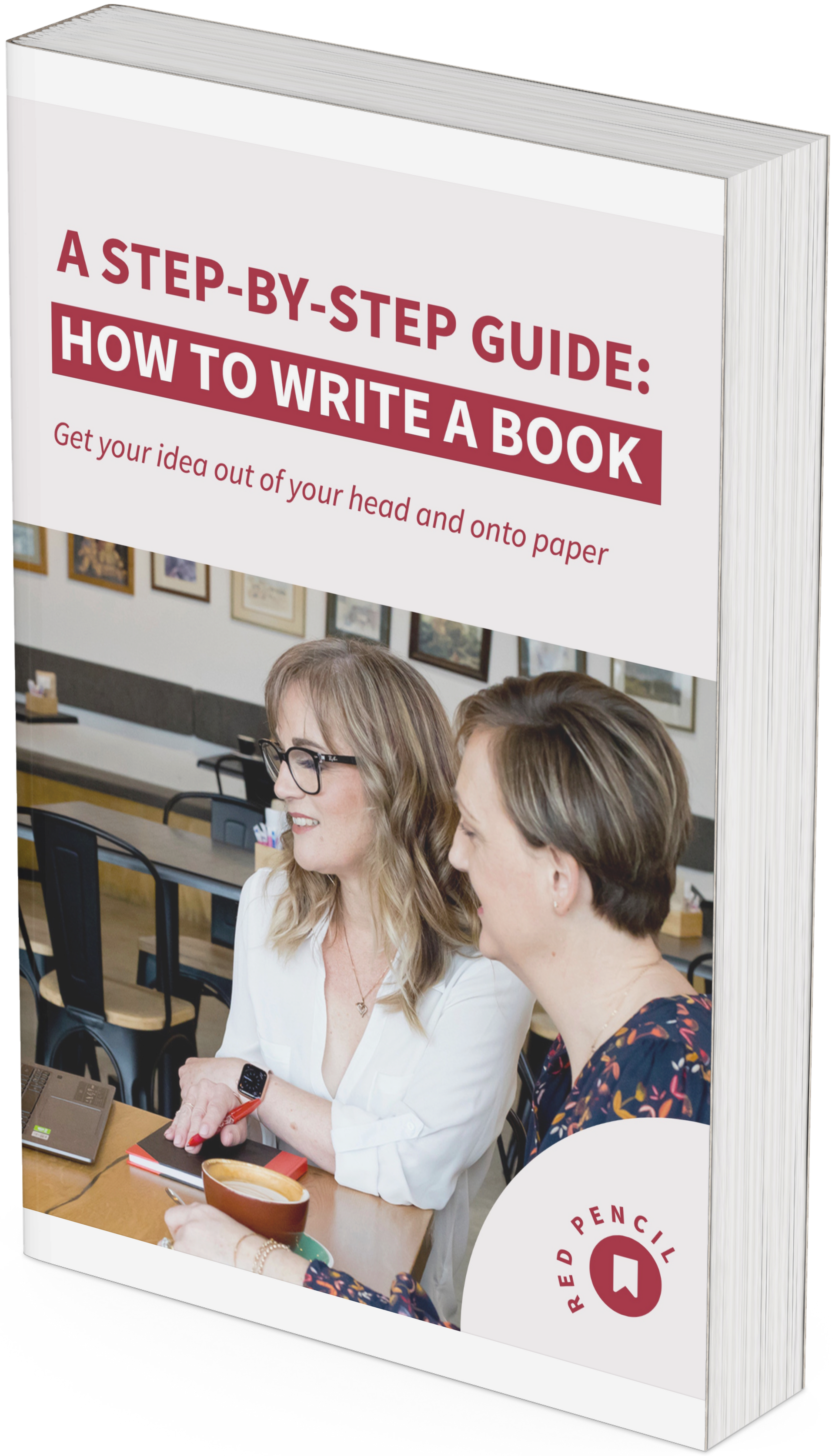Writing a simple book outline: five steps to help you get started
Before you start writing a book, it’s important that you have a clear vision of what you’re creating. In this blog post, I’ll walk you through the essential first step of crafting a compelling story – creating a simple book outline. Whether you're a seasoned writer looking for a streamlined approach, or a beginner looking for some guidance, a well-structured outline can serve as the backbone of your writing journey, providing direction, coherence and a roadmap for your story.
What is an outline of a book?
Your outline should be a one-page document (minimum) that includes every major point. This should include the beginning and ending of your book. Then you can fill in the middle with the conflicts and twists. But don’t forget this is a fluid document that you can expand on and change throughout the writing process.
The purpose of a story outline:
- Your road map for writing sessions
- Provides structure for your book
- Ensures you accomplish the goal of your book
A book outline will be very similar whether the book you’re writing is fiction or nonfiction, but the format and style will vary depending on the genre.
For a fiction novel, you’ll need to include storytelling aspects like the structure, plot, scenes and characters.
Whereas, for a nonfiction book you’ll need to include aspects like topic clusters, concepts and intentional information architecture.

The contents of a book outline:
For Fiction:
Introduction/Opening:
- Set the tone
- Introduce the main characters
- Establish the setting
Plot Points:
- Break down the main events of the story
- Highlight major turning points
- Develop subplots if applicable
Character Development:
- Provide details about each major character
- Include character arcs and motivations
Conflict and Resolution:
- Identify the central conflict
- Describe how conflicts are resolved
Climax:
- Detail the high point of tension or drama
- Address the peak emotional moment
Conclusion/Ending:
- Resolve the story
- Tie up loose ends
For Nonfiction:
Introduction:
- Clearly state the purpose of the book
- Introduce key concepts or ideas
Main Themes/Topics:
- Break down the main points or themes you want to address
- Arrange them logically
Research and Data:
- Include supporting evidence, research and data
- Cite sources if necessary
Examples and Case Studies:
- Provide real-world examples
- Include case studies to illustrate points
Discussion/Analysis:
- Analyse the information provided
- Discuss implications and applications
Conclusion:
- Summarise key points
- Reiterate the main message

Five steps to write a simple book outline:
1) Set the scene
You need to accomplish a lot with the beginning of your novel. You must capture your reader’s interest right away while also introducing the hero, villain, setting and premise.
Decide on the premise
This is the underlying idea and foundation of your story. It influences character arcs, plot development and the overarching theme. A compelling premise not only piques the reader's curiosity but also provides a clear sense of direction for the author during the writing process.
To decide your premise, explore the "what if" scenarios that intrigue you. Eg. ‘what if a crime novelist accidentally committed a crime she then had to cover up?’
Introduce the main characters
To help you flesh out your main characters and define their character arcs, try and answer a few key questions:
- Who is the main protagonist?
- How will the protagonist change from the beginning of the novel to the end?
- What does he/she want?
Establish the setting
Readers need to understand where things are happening, just as much as why they’re happening.
To plan your setting, do as much research as you can. If your novel is set in the real world this means finding photos and any descriptions you can to inform your ideas.
Describe your setting in great detail including how it looks, the sounds, the smells and the way it tastes or feels.
2) Describe the inciting incident
This is the pivotal moment in a story that propels the plot into motion, disrupting the protagonist's ordinary world and setting the stage for the unfolding adventure.
It serves as the catalyst, thrusting the main character into a series of events that demand action and change.
In your book outline you’ll want to note what the significant challenge, conflict or revelation will be in your story. To create a powerful inciting incident, consider the stakes, make it personal for the protagonist and ensure it aligns with the overall theme and goals of the story.
3) Rising action
This is the phase of the story where the narrative unfolds, complications arise and tension escalates, leading towards the story's climax.
It is the series of events that build upon the foundation established by the inciting incident, deepening the plot and developing characters.
You’ll want to outline any obstacles, challenges or conflicts in your story that test the protagonist's resolve, pushing them closer to their ultimate goal or confrontation. Each event should be intricately connected, raising the stakes and maintaining the reader's engagement.
To ensure a compelling rising action, consider the pacing, character motivations and the gradual revelation of information.
4) Climax
The climax is the peak of the action; the make or break moment for your main characters. It is the moment of greatest intensity and revelation, often determining the outcome of the main conflict.
To outline the climax of your story, consider the key conflicts you will resolve, the crucial truths you’ll reveal and the promises set up earlier in the story that you can deliver on. It's the culmination of the journey, leaving a lasting impression on readers and providing a sense of resolution that satisfies the narrative's built-up tension.
5) Resolution
The resolution in a story is the phase where the various storylines and conflicts find closure, offering a sense of fulfilment and finality. It follows the climax and allows the reader to witness the aftermath of the protagonist's journey. It's an opportunity to showcase the characters' growth and the consequences of their actions. To create a resonant resolution, ensure that it aligns with the themes established throughout the story and provides a sense of catharsis for the reader.
To outline the resolution of your book, consider what loose ends you need to tie up and any answers you need to provide to lingering questions.
Tips for writing a book outline:
- Use tools like mind maps or index cards to visually organise your ideas before creating a formal outline.
- Regularly refer back to your outline during the writing process to stay on track.
- Don't be afraid to modify your outline if your ideas evolve or if you discover new insights during the writing process.
Remember, your outline is a tool to guide you through the writing process. It should be detailed enough to provide direction but flexible enough to accommodate changes and creative impulses as you write.
Turn your book idea into a reality, start here…

Don't let your ideas remain trapped in your head – empower yourself with this step-by-step guide to bring your story to life on paper.
This guide is designed to walk you through the entire process, from crafting a compelling outline to overcoming common writing challenges.
Whether you're a seasoned author or just starting on your writing journey, the step-by-step instructions and practical tips will help you navigate the creative process with confidence. Click the link below to download this free guide.
Stay Informed, Write Inspired!
Subscribe to Leanne's Newsletters for Expert Writing Tips and Inspiration.
